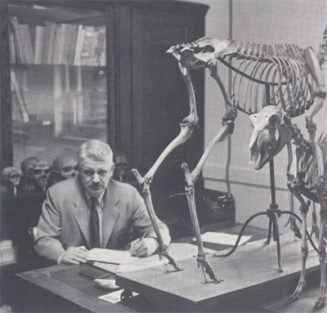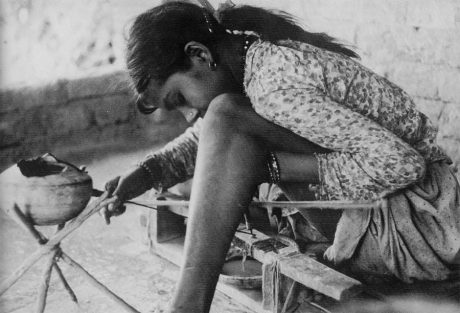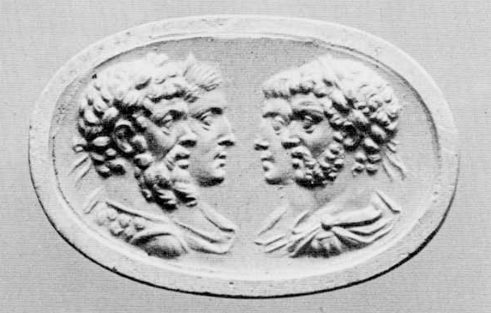Volume 23 / Number 4
1981
Special Edition: The Ancient Craft and Art of the Lapidary
On The Cover: Necklace of gold, diamonds, rubies, and imitation emeralds and pearls from Northern India, XVIII-XIX century AD, diameter of central pendant exclusive of drops, 1 3/4 inches. Photo courtesy of the Metropolitan Museum of Art, Kennedy Fund, 1915.
Vol. 23 / No. 4
The Ancient Craft and Art of the Lapidary: Introduction
In 1971 the papers given at an important symposium on “Archaeological Chemistry” were published. One of the noted participants was […]
View Article
Vol. 23 / No. 4
By: Robert H. Dyson, Jr.
Carleton S. Coon
Carleton Coon was a large bear of a man with a shock of white hair and a devilish sense of […]
View Article
Vol. 23 / No. 4
By: Froelich Rainey
Chester Gorman
The tragic death of Chester Gorman just as he was completing the proof of one of the world’s great archaeological […]
View Article
Vol. 23 / No. 4
By: Gregory L. Possehl
Cambay Beadmaking: An Ancient Craft in Modern India
Cambay is a small city, population about 50,000, on the coast of Gujarat state in western India. This name is […]
View Article
Vol. 23 / No. 4
University Museum Announcements – Summer 1981
President Sheldon Hackney has asked Robert H. Dyson, Jr., Dean of the Faculty of Arts and Sciences and Curator of […]
View ArticleVol. 23 / No. 4
By: Darlene Loding
Lapidaries in the Ur III Period: Written Sources Concerning Stoneworkers (ca. 2000 B.C.)
Evidence for the products manufactured by stoneworkers in Mesopotamia in ancient times is, of course, best displayed by those objects […]
View Article
Vol. 23 / No. 4
By: Leonard Gorelick and A. John Gwinnett
Close Work Without Magnifying Lenses?: Discussion of suggestions from readers of Expedition
One of the purposes of our paper in the Winter 1981 issue of Expedition called “Close Work Without Magnifying Lenses?” […]
View ArticleVol. 23 / No. 4
By: Leonard Gorelick and A. John Gwinnett
The Origin and Development of the Ancient Near Eastern Cylinder Seal: A Hypothetical Reconstruction
One purpose of this paper is to discuss and speculate on the origin and development of one of the most […]
View ArticleVol. 23 / No. 4
By: John G. Younger
Creating a Sealstone: A Study of Seals in the Greek Late Bronze Age
Our evidence for the techniques of creating a sealstone in the Greek Late Bronze Age (roughly 1600-1200 B.C.) comes almost […]
View Article